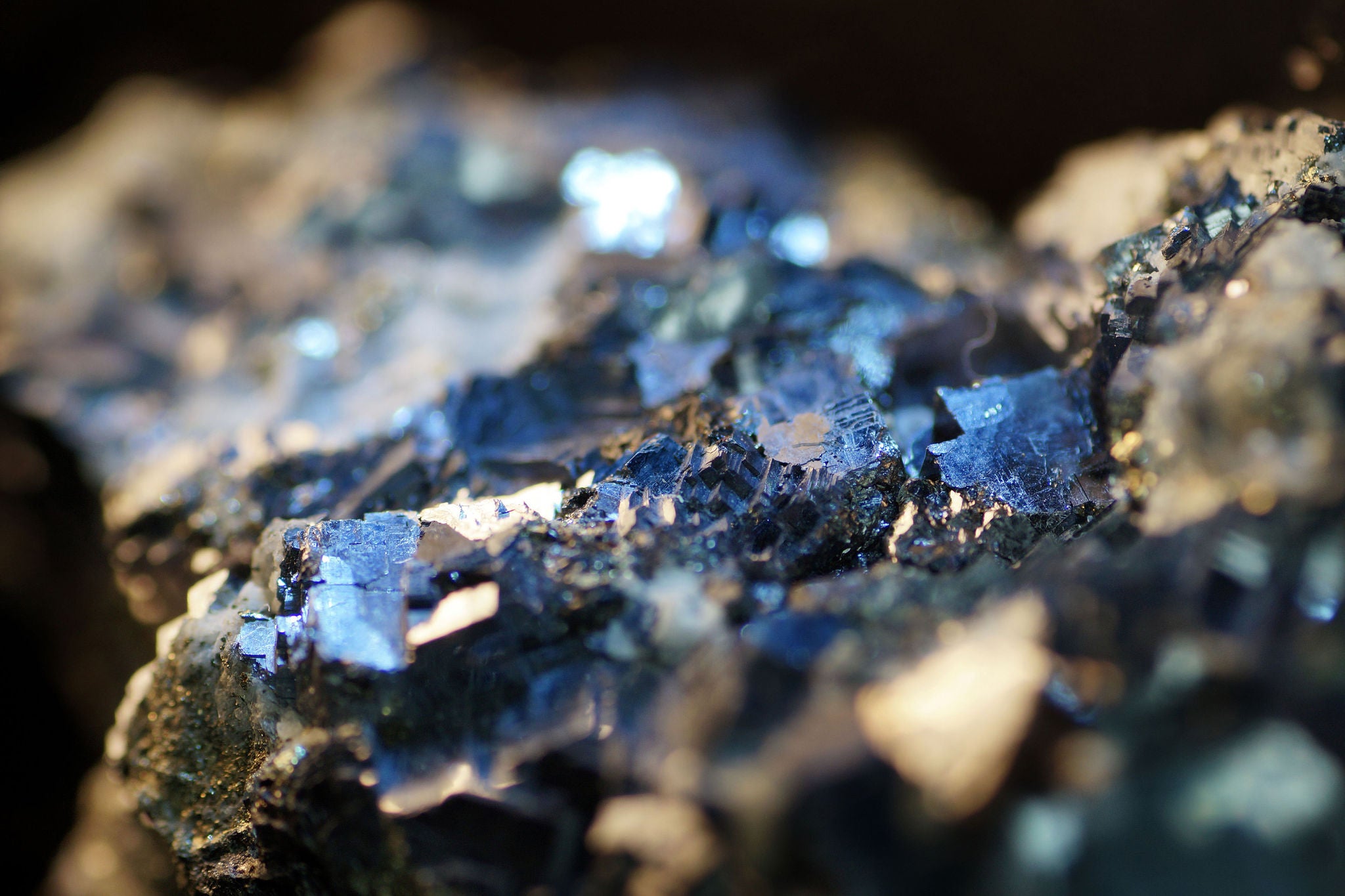EY refers to the global organization, and may refer to one or more, of the member firms of Ernst & Young Global Limited, each of which is a separate legal entity. Ernst & Young Global Limited, a UK company limited by guarantee, does not provide services to clients.
How EY can help
-
The EY Americas Metals and Mining Center of Excellence offers companies access to cutting-edge services and innovation-led solutions.
Read more
By 2030, electric vehicles are expected to make up nearly half of global light vehicle sales, and significant investment is planned for charging infrastructure. In addition, the International Energy Agency (IEA) is forecasting a doubling of renewable energy capacity under its STEPs scenario by 2030 and a whopping 291% increase by 2050. Under the IEA’s Sustainable Development Scenario, renewable capacity is expected to increase by almost six times by 2050.
However, there is likely to be a gap between supply and demand, and miners will need to commission new projects and operations to support the expected demand. For example, lithium production must quadruple from 490kt in 2021 to 2mt in 2030 to meet growing demand. In absence of further mine development, the lithium market deficit is projected to reach 700kt by 2030.1 Similarly, the copper market is expected to be in a nearly 4.7mt deficit by 2030 on current projections of supply.
This poses a significant challenge to the mining and metals sector in terms of resource availability, access to capital and efficient supply chains. The energy transition is going to be expensive, and the mining and metals industry will need to invest US$1.7 trillion2 over the next 15 years for enough supply of copper, cobalt, nickel and other critical metals. It is estimated that close to US$100b needs to be invested to bridge the copper supply gap of 4.7mt by 20303, while close to US$21b would be needed to finance the pipeline of lithium production capacity out to 20254. Significant capital investments and long lead times indicate that mining companies need to take bold capital decisions now to build supply of critical minerals.






